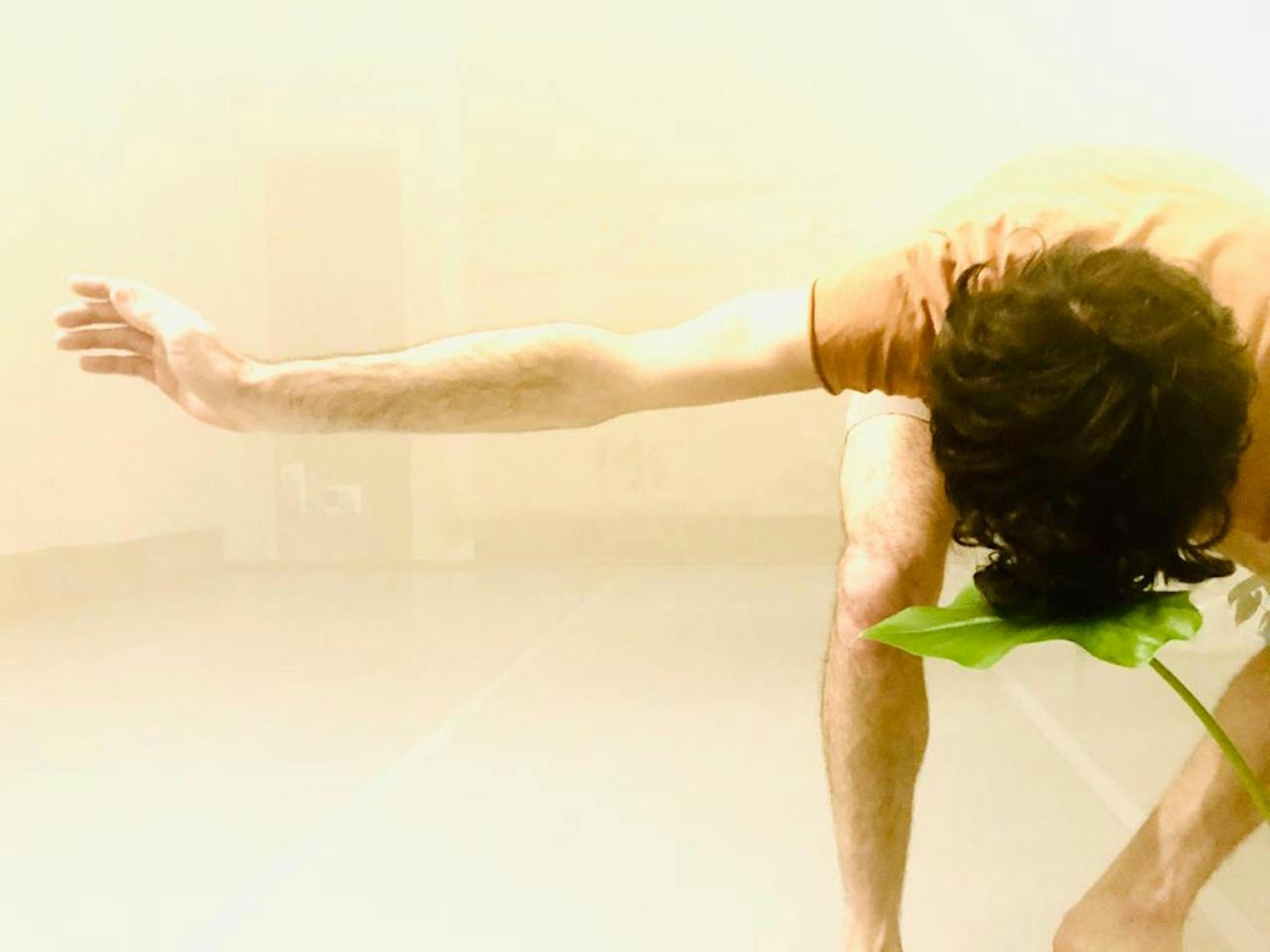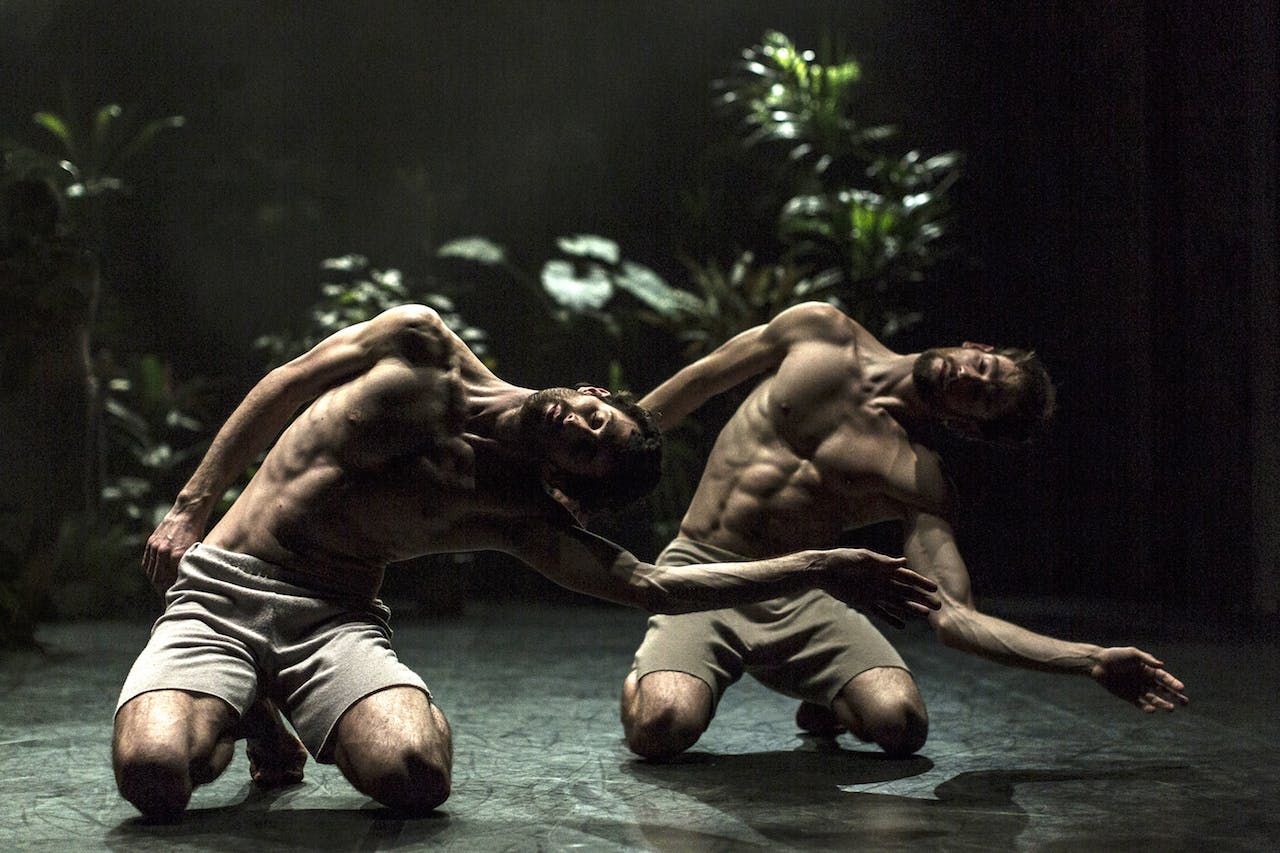
Paradiso © Virgilio Sieni
Virgilio Sieni tells in an interview how the Paradiso show was born
Virgilio Sieni is an Italian dancer and choreographer, active at international level with the leading cultural institutions. Chevalier de l'Ordre des Arts et des Lettres of the French republic as well as Director of the Biennale Danza from 2013 to 2016, he is based in Florence where he directs CANGO (National Dance Production Centre for research and transmission of knowledge on body languages), a space hosting artists and their residencies.
On the occasion of the 700th anniversary of the death of Dante Alighieri, Virgilio Sieni will debut Paradiso at the Campania Teatro Festival on 25 and 26 September. The piece, inspired by the eponymous part of Dante’s Divine Comedy, will be staged at the Triennale Milano Teatro on 1 and 2 December 2021 as part of the theatre season.

Virgilio Sieni © Dante Farricella
You’ll soon be back at the Triennale Milano Teatro, this time with your production Paradiso named after the third part of Dante Alighieri’s Divine Comedy. What inspired you to explore this text?
As well as marking the 700th anniversary of Dante’s death, I wanted to further investigate an area of research regarding the concept of suspension and to understand how to find forms that allow us to inhabit the discourse of the environment. What has been interesting me in this context and in this period, which I have dedicated to paradise in the form of numerous moments of research, is precisely exploring forms of distance and then creating a work – on the stage as far as the Triennale Paradiso is concerned – but which is also accompanied, as in Gibellina, by other spaces, as it was earlier, from the Museo Pecci (*Centro per l’Arte Contemporanea Luigi Pecci) to large parking spaces or areas of woodland. I wished to develop a discourse linked to a concept of distance, of the capacity to perceive the tactile space of another person, because ultimately Dante’s discourse is linked precisely to this ability to make room for others and to regenerate all forms of encounter, of friendship, and of love.

Paradiso by Virgilio Sieni
The production is the construction of a garden and does not feature the words of the Divine Comedy. It makes no attempt to translate the text into movement, placing itself on the threshold of suspension. Is it in this suspension that the gesture is created? And from what does it originate?
We shouldn’t be so emphatic. Who knows what the origin of the gesture is. Let’s say that what is interesting is to concentrate on a whole series of practices and then bring them into a production, with regard to the original channeling. Obviously, the gesture does not only exist in exactly the place where we see it; it also exists elsewhere. I was talking about distance earlier… the origin of the gesture undoubtedly lies outside of us but at the same time it is in us, because we have the ability to absorb it. So you might say that my research is based on the idea of the infinite gesture, as the movement begins each molecule can give rise to an infinity of things. The work is based on the idea of constructing a garden, ensuring that the dancers can express this idea linked to vegetation, to plants, and understand how tactile space can be an achievement, not just through touching another person but also, and above all, through training in a space that unites and embraces people without touch.

Paradiso © Virgilio Sieni
"This project involved very lengthy practices carried out with the dancers and collaborators regarding our closeness to plants and our empathy with them. We worked together with botanists and people who facilitated the idea of empathy with regard to plants."
The production constructs a physical garden of gestures, in relation and co-existence with the respiration of the plants that will be on the stage. How is the relationship between humans and nature translated in this project?
This production literally builds a garden on the stage using a hundred or so plants. Everything is linked to a choreographic construction. Obviously, this construction is also connected to the construction of gestural gardens. The five dancers practically never touch and therefore create gestural gardens themselves, which will ultimately determine a garden constructed with plants. This project involved very lengthy practices carried out with the dancers and collaborators regarding our closeness to plants and our empathy with them. We worked together with botanists and people who facilitated the idea of empathy with regard to plants. Like gardeners or woodcutters, we practiced closeness to plants for months and months. Ultimately, this was the most important process.
Virgilio Sieni
Virgilio Sieni is an Italian dancer and choreographer, an artist active at international level with the leading theatrical and musical institutions, art foundations, and museums. While studying artistic disciplines and architecture, he was also involved in research into body languages and dance. He has been awarded the Premio Ubu on three occasions (2000, 2003, 2011); in 2011, he received the Premio Lo Straniero; and in 2013, he was nominated Chevalier de l'Ordre des Arts et des Lettres by the French Minister of Culture.